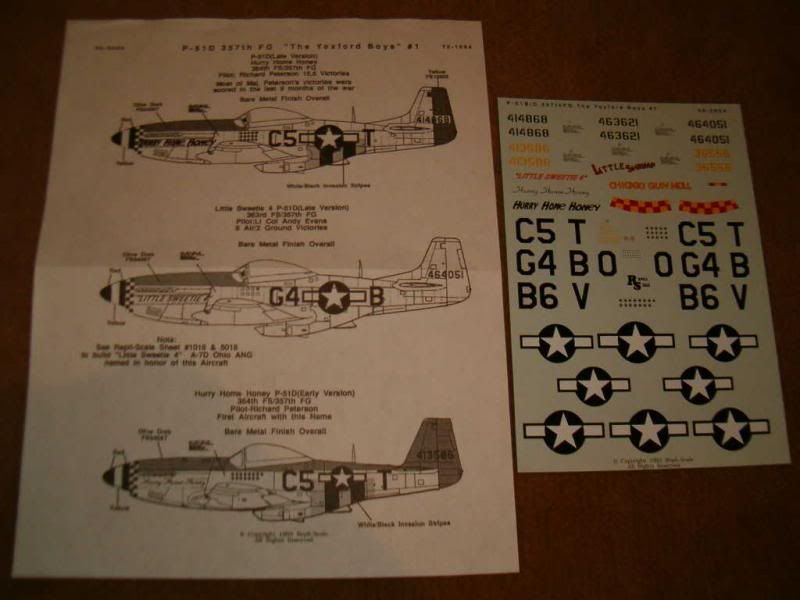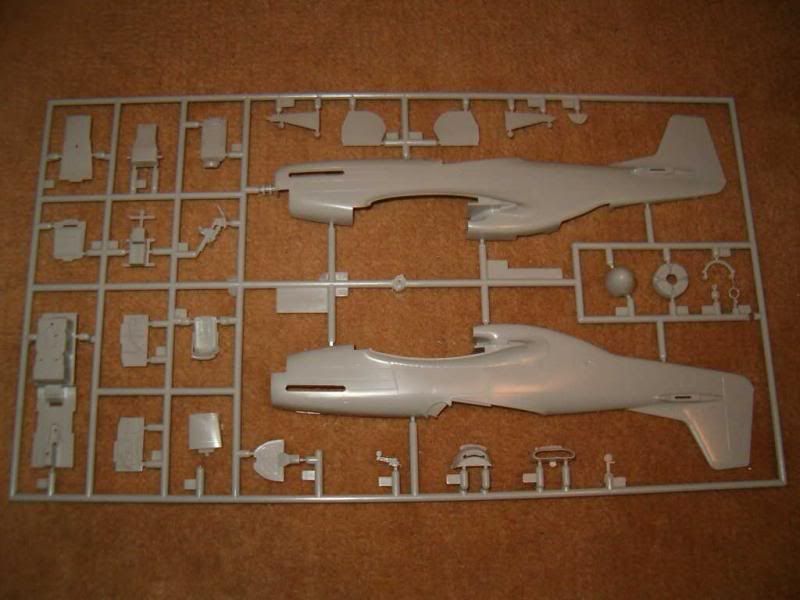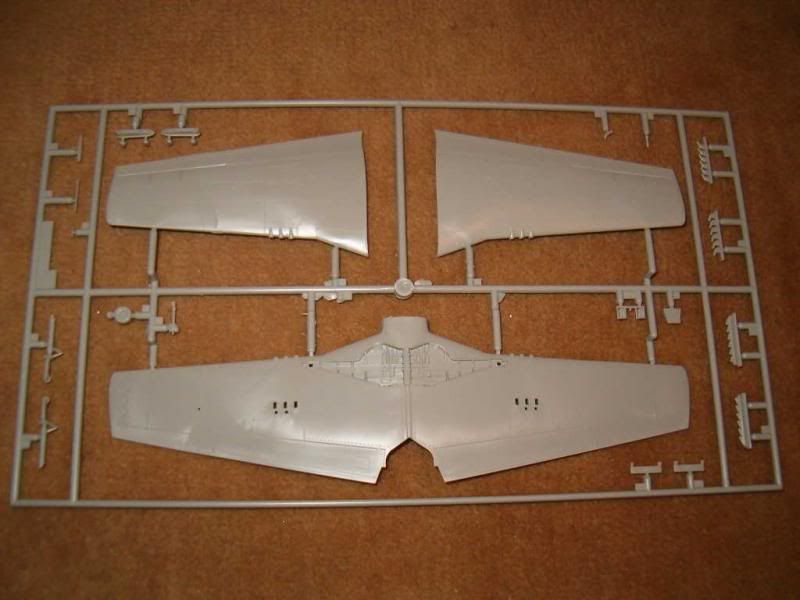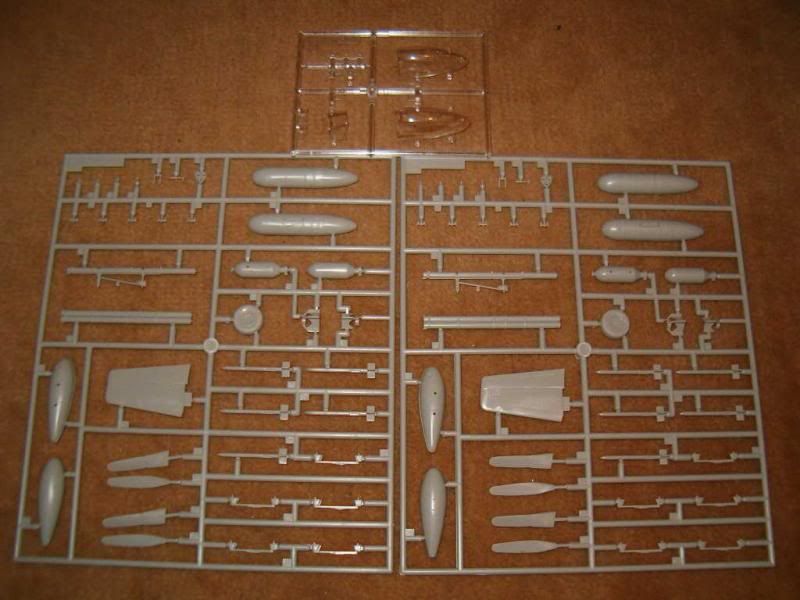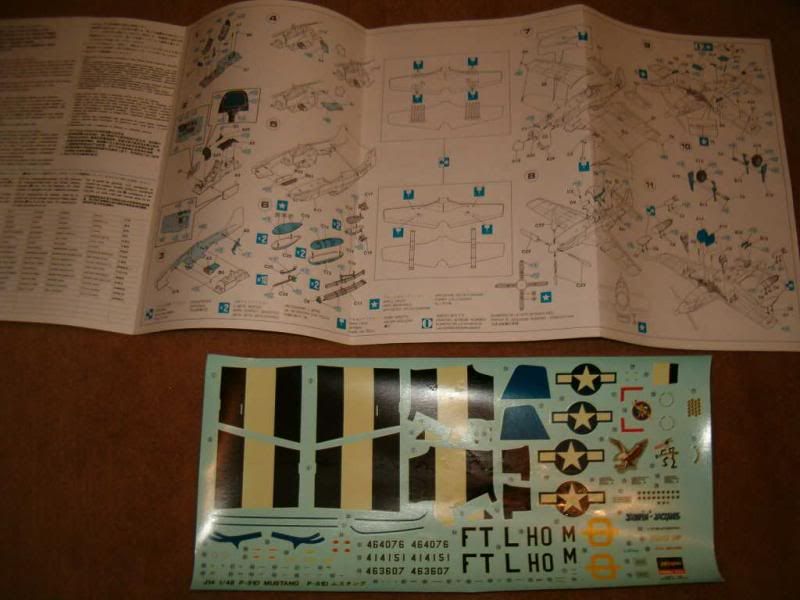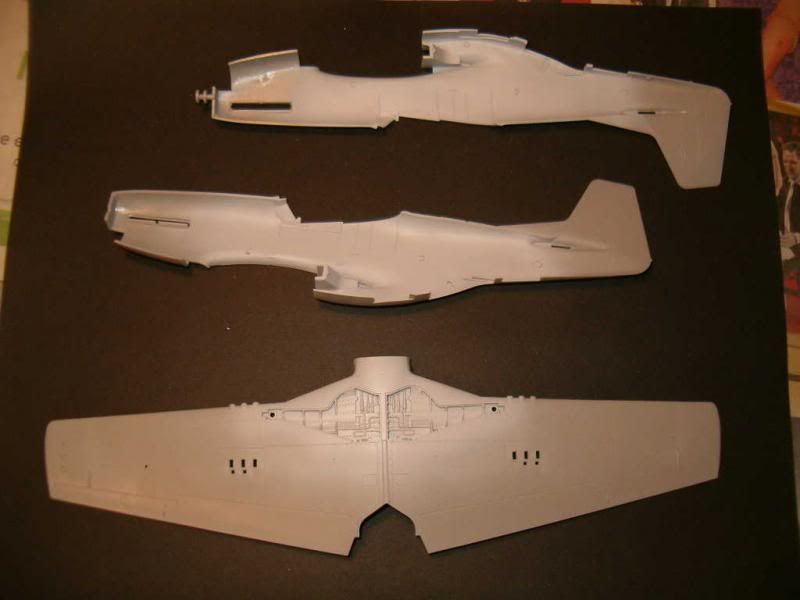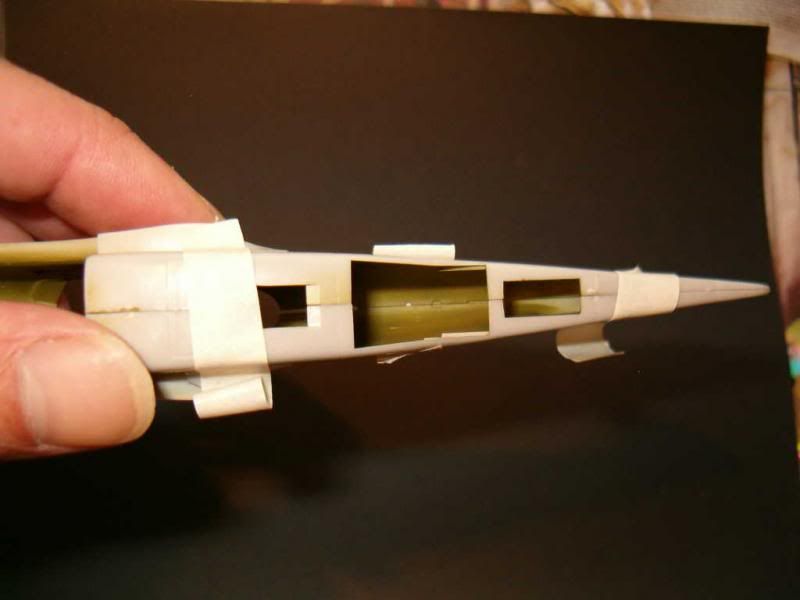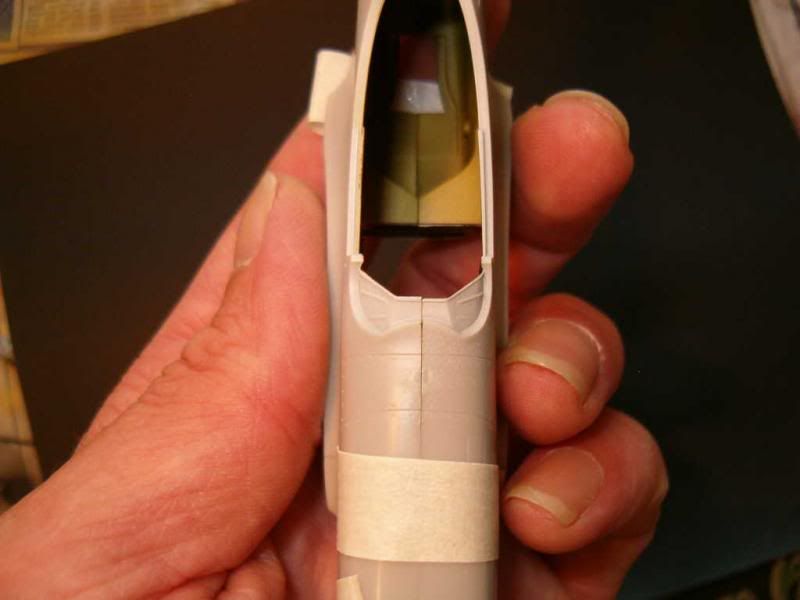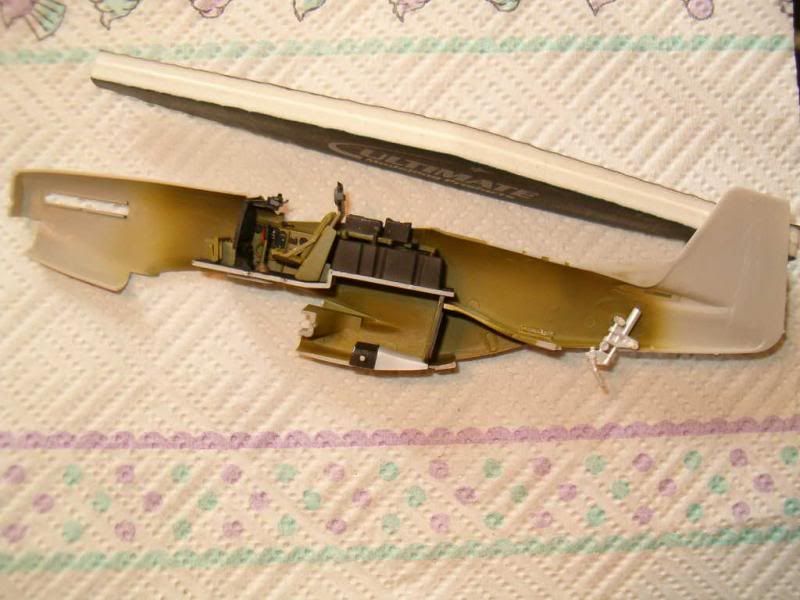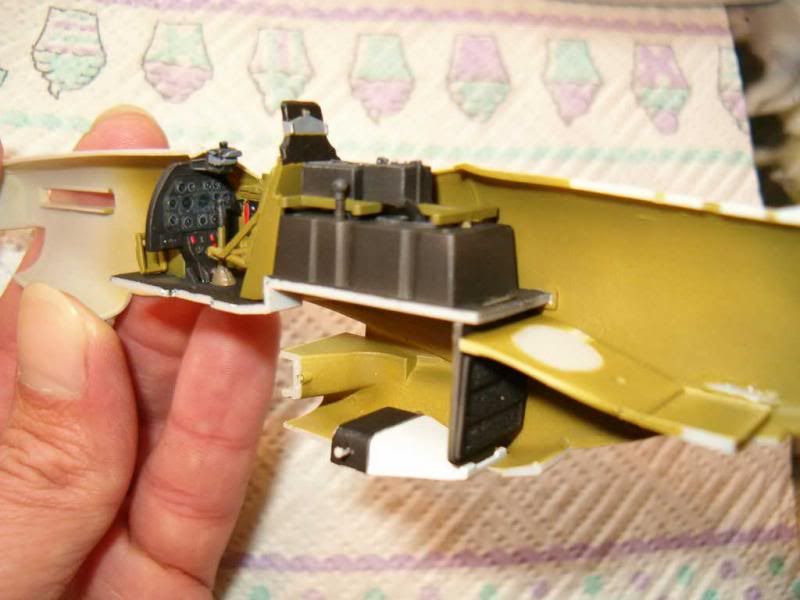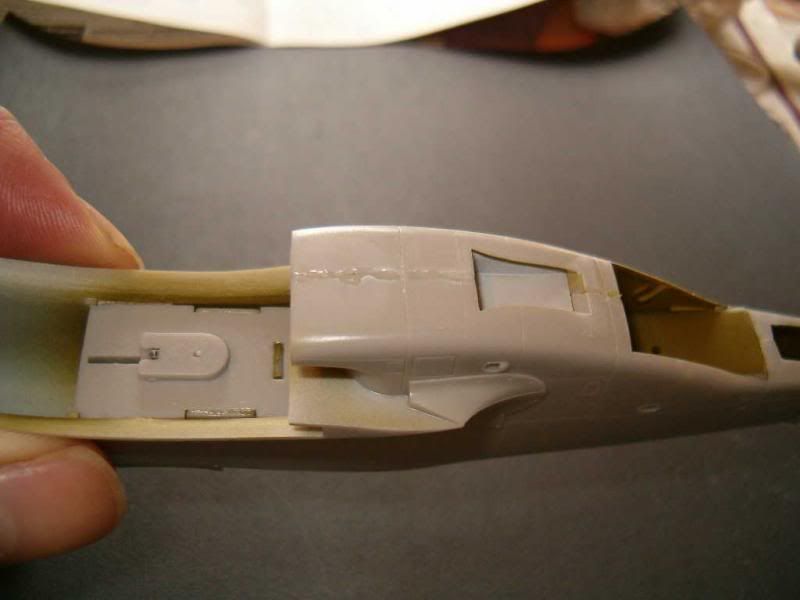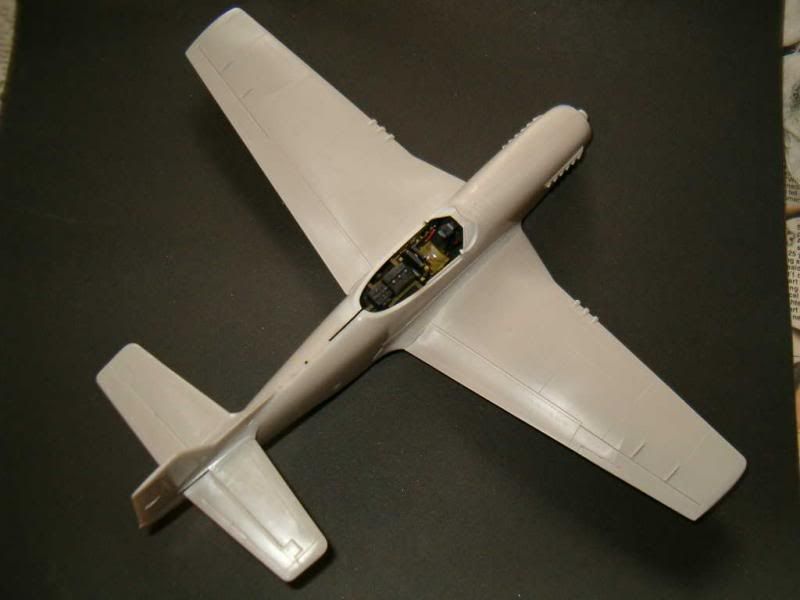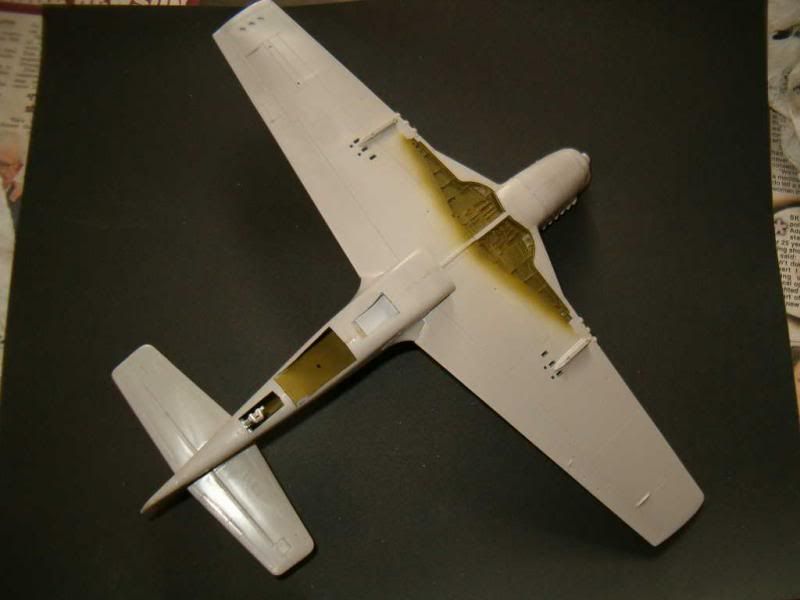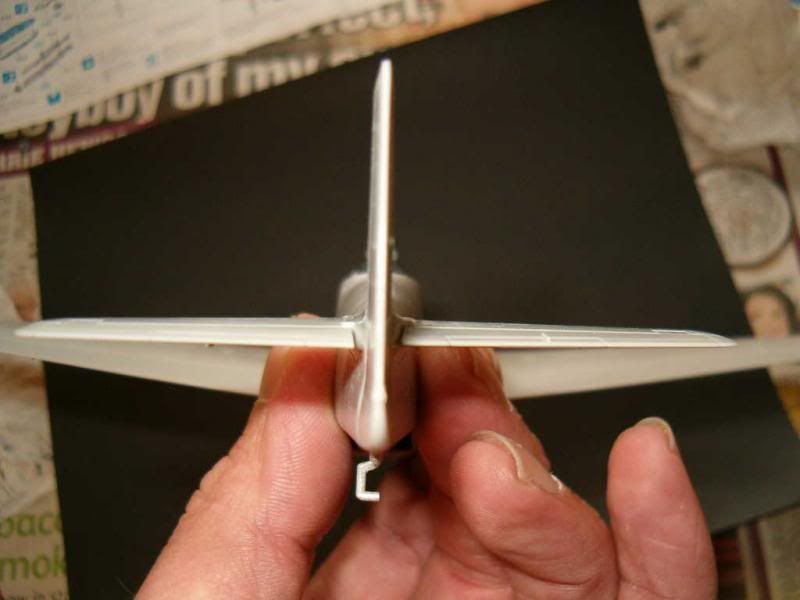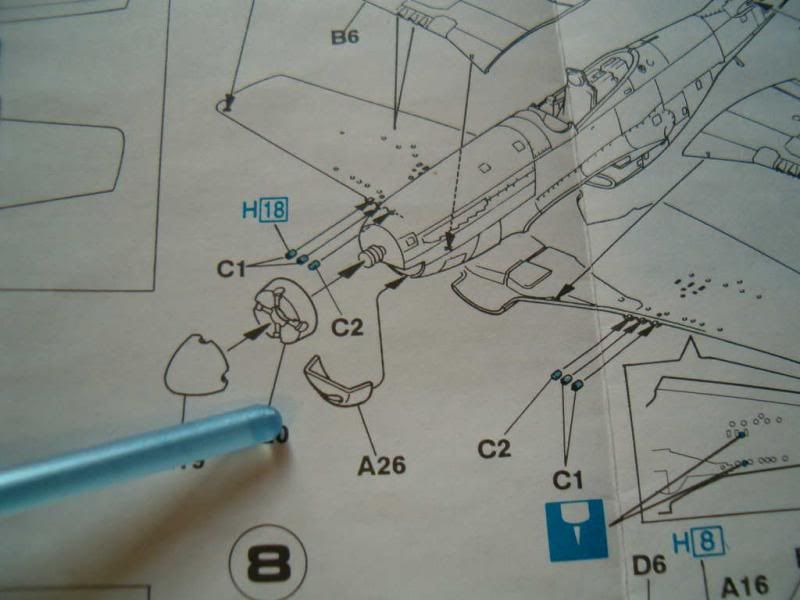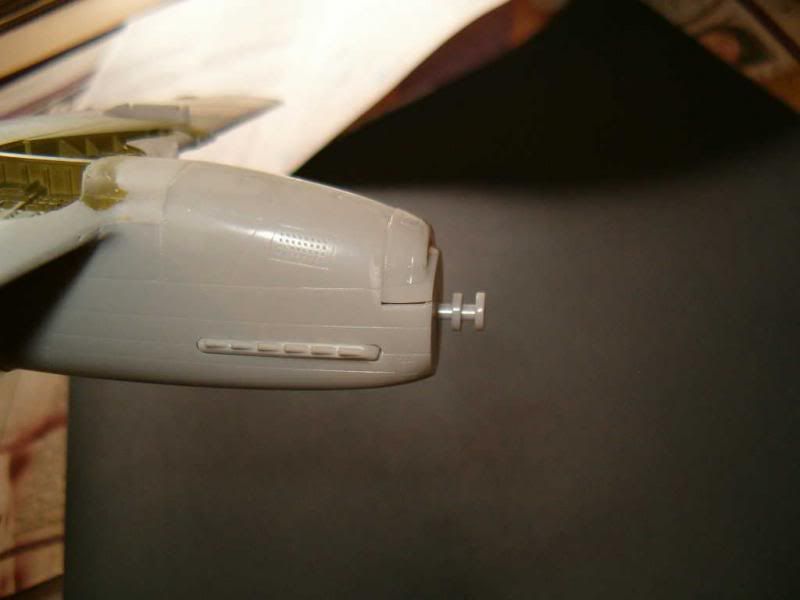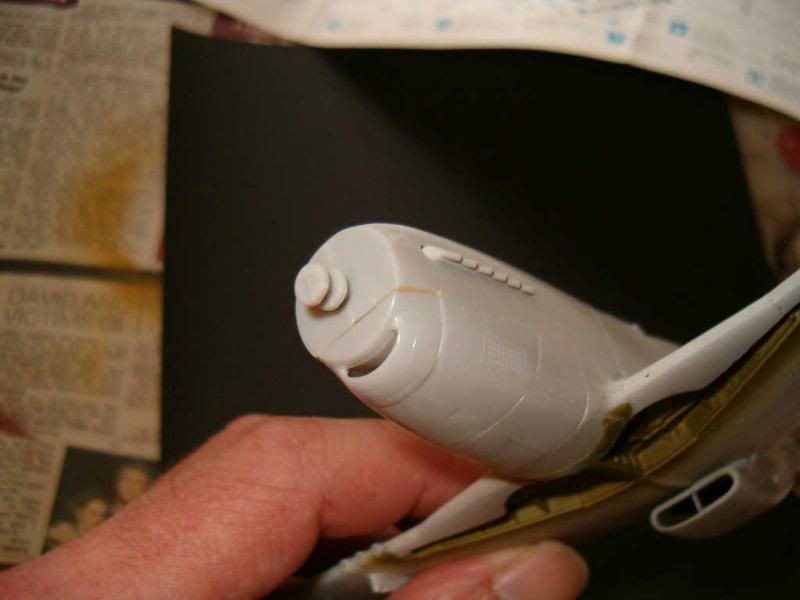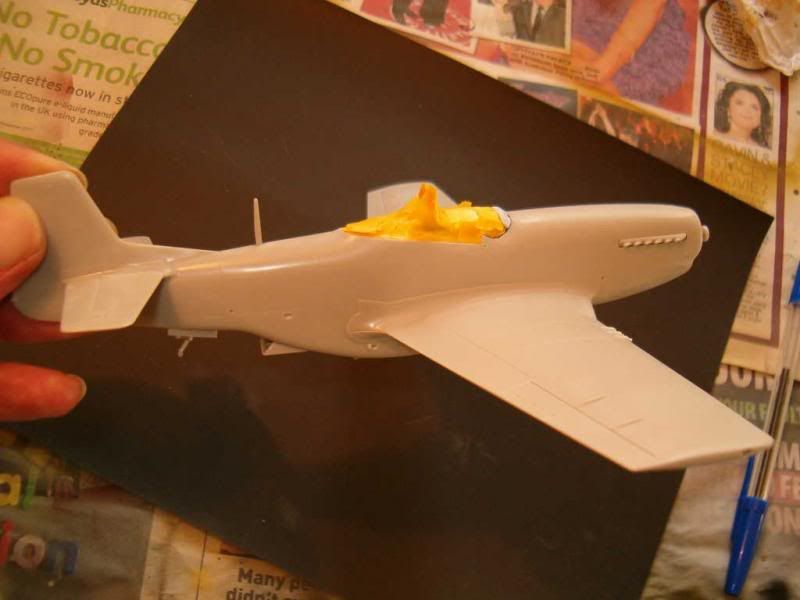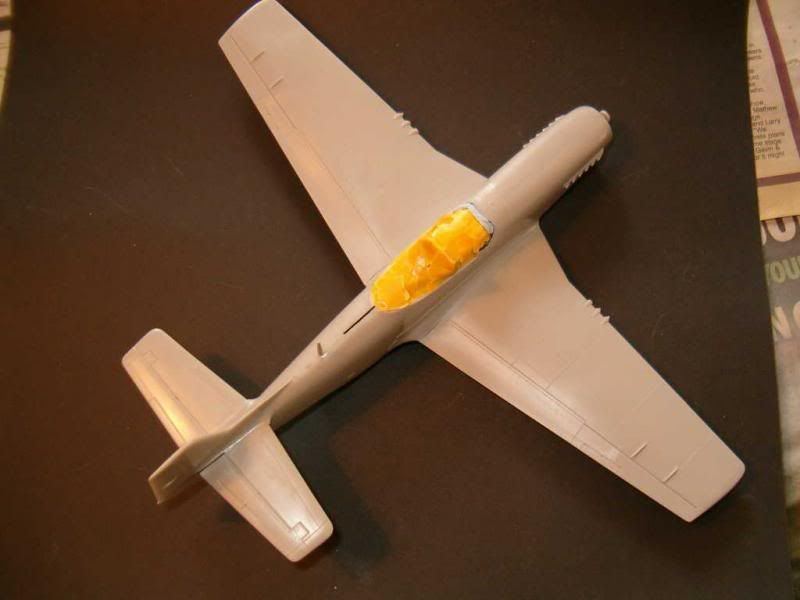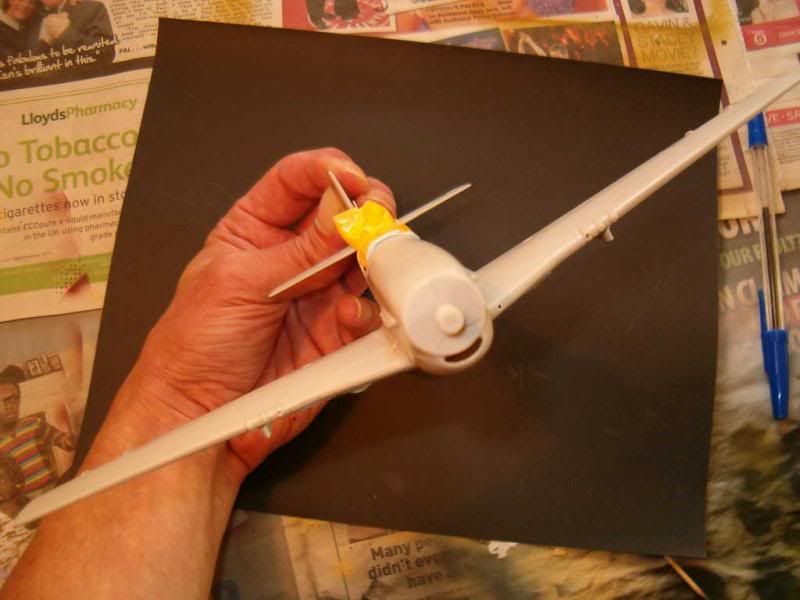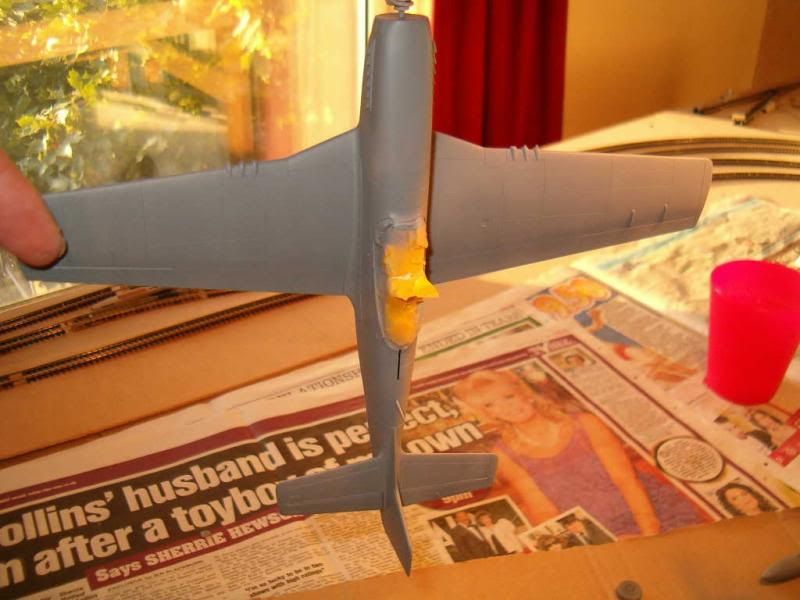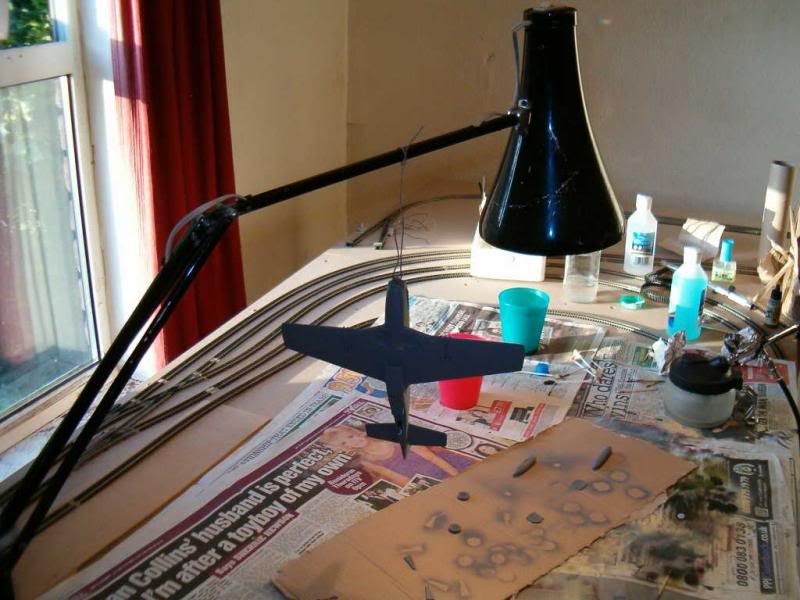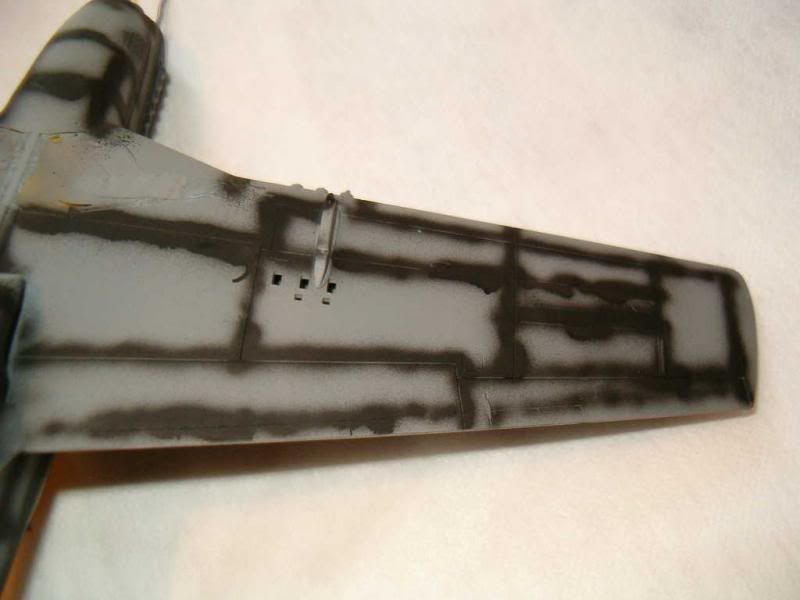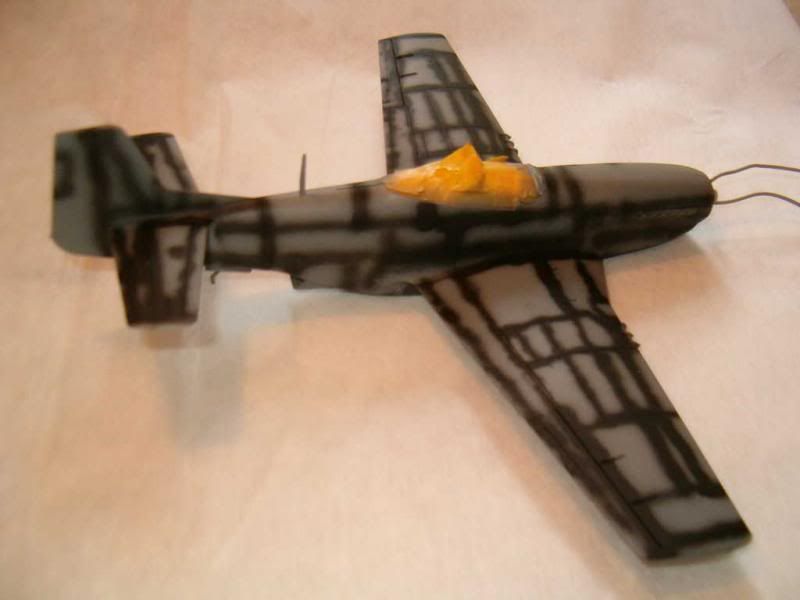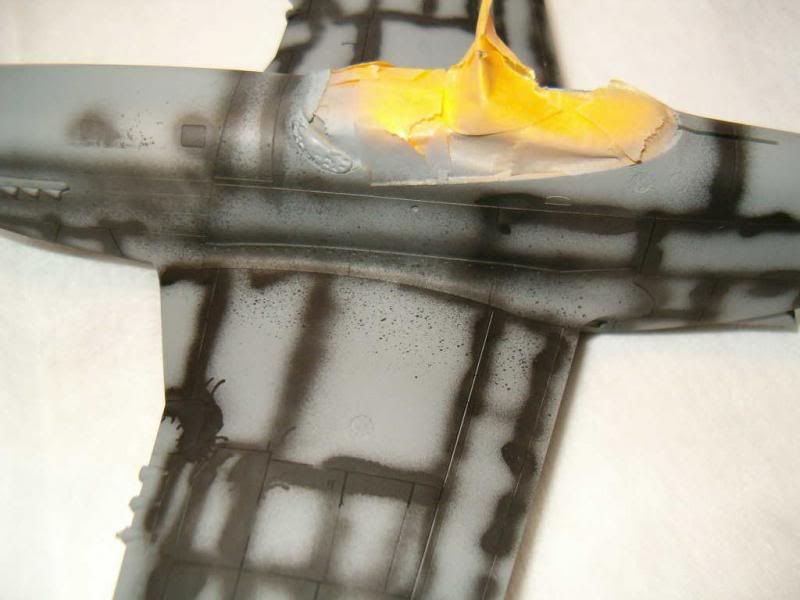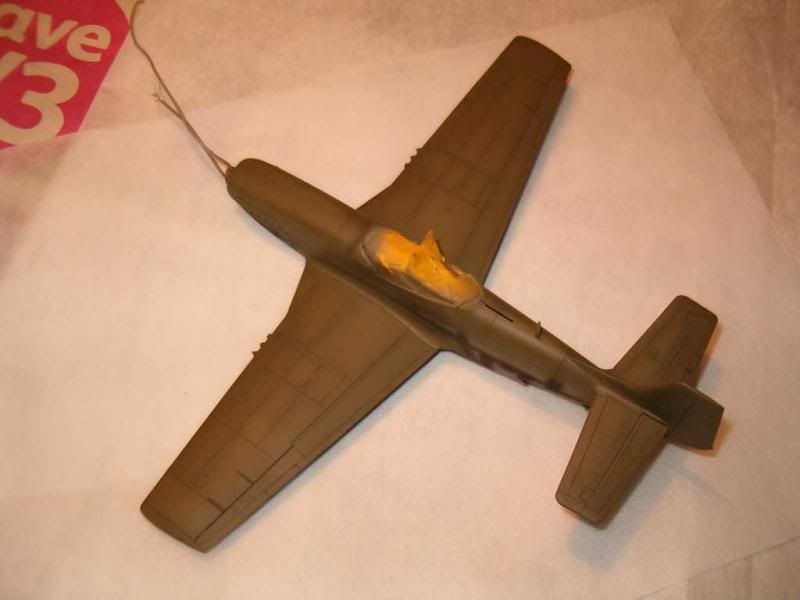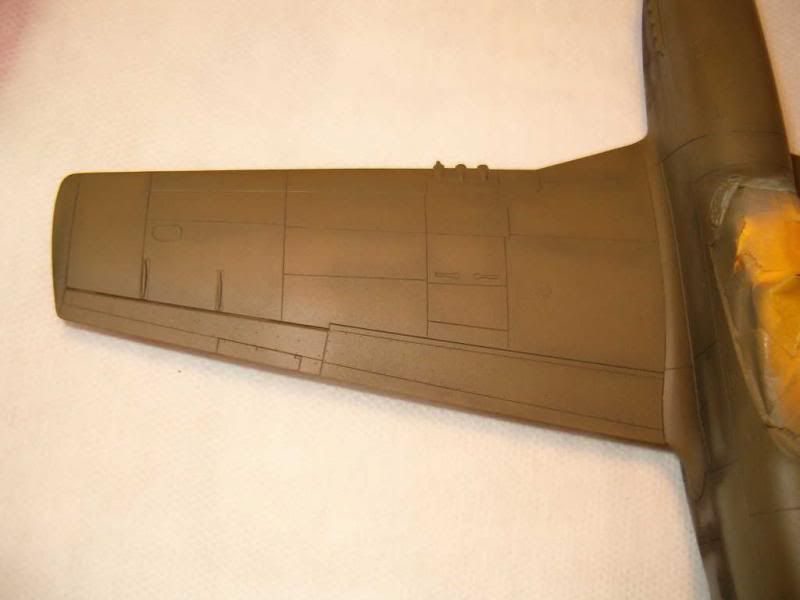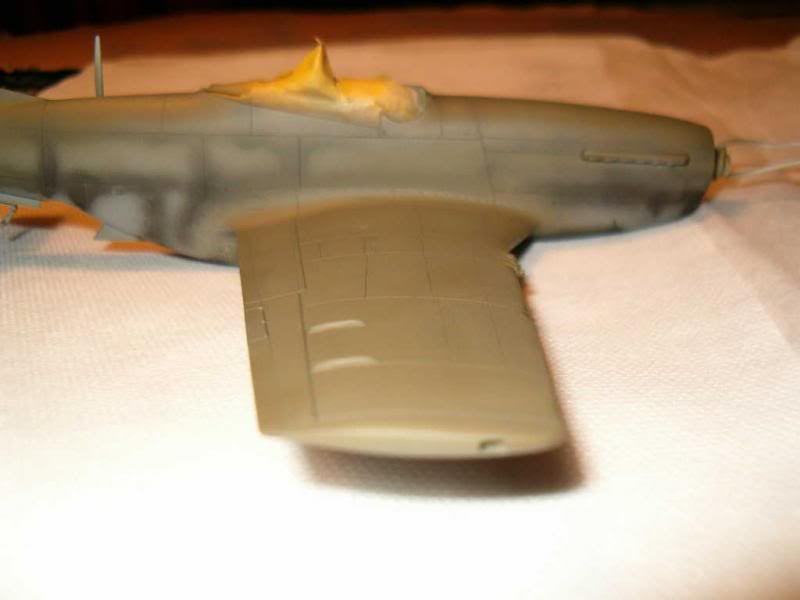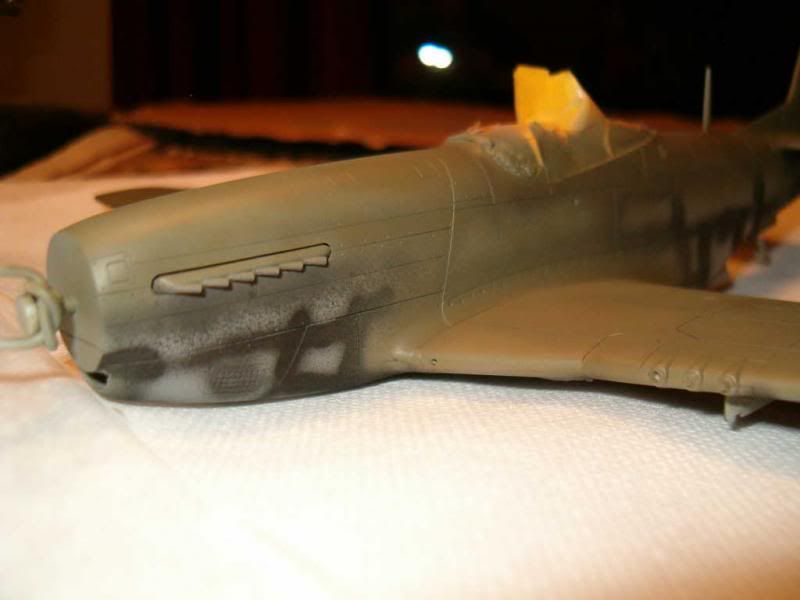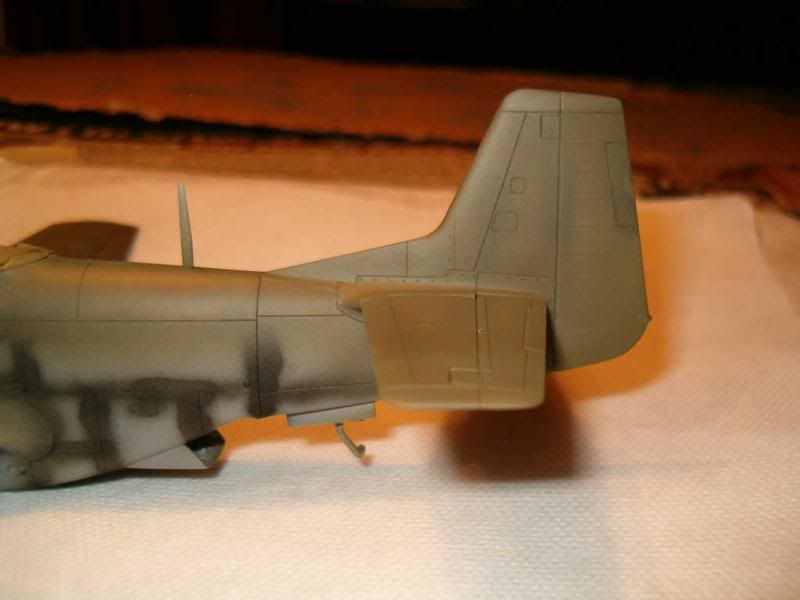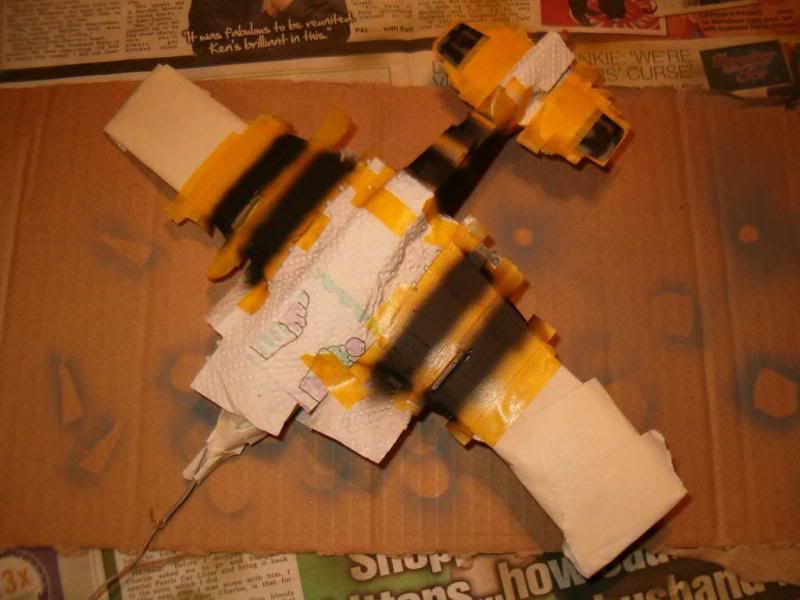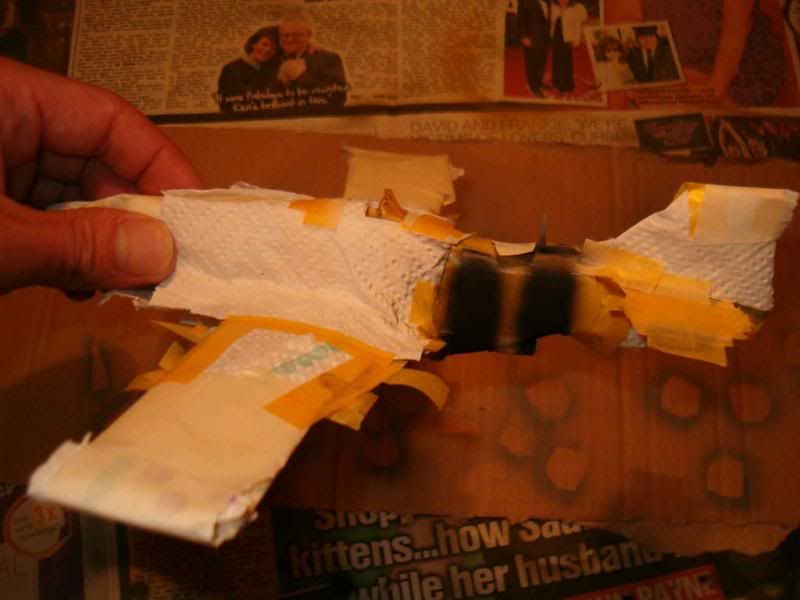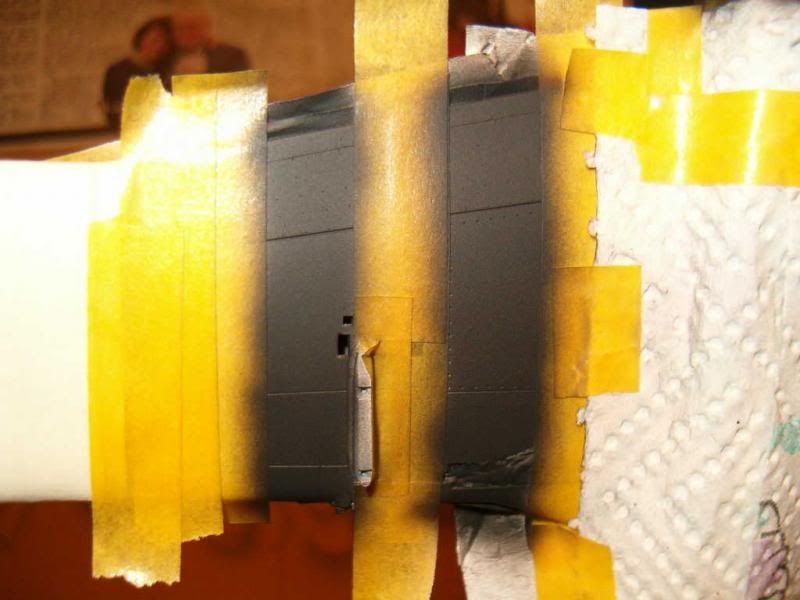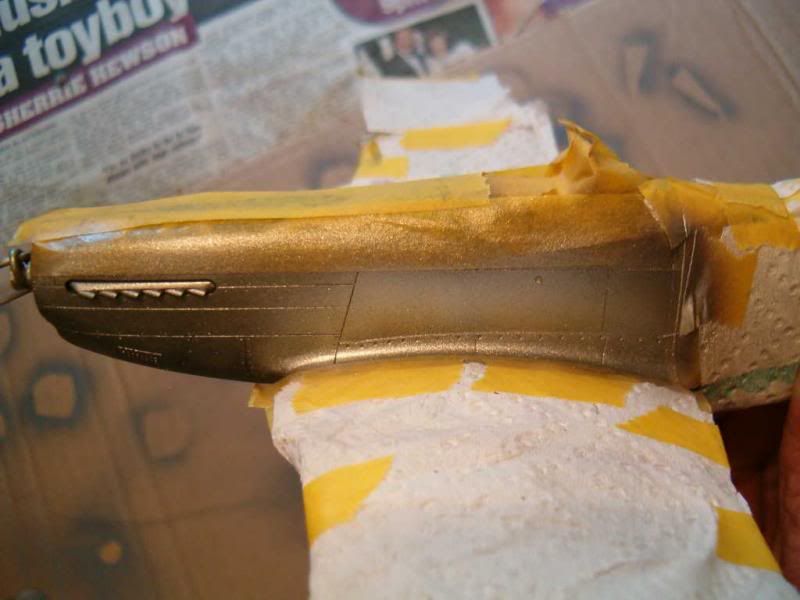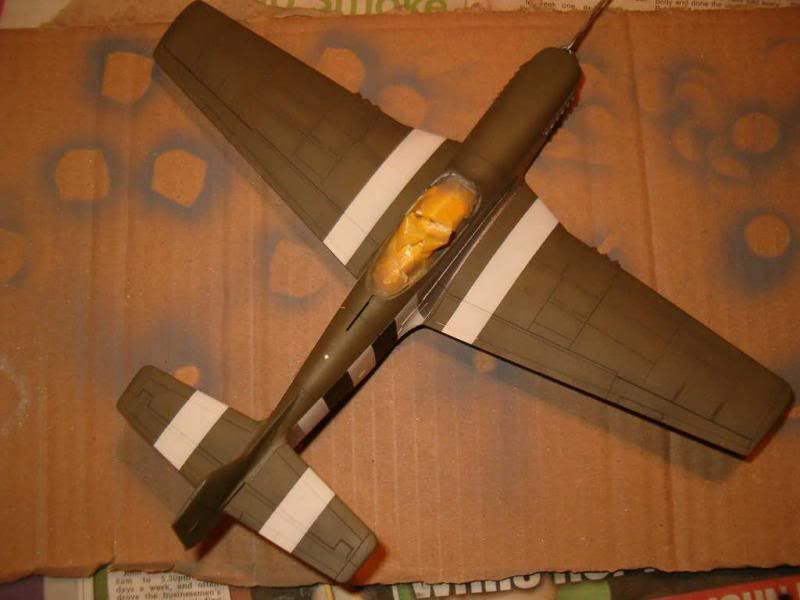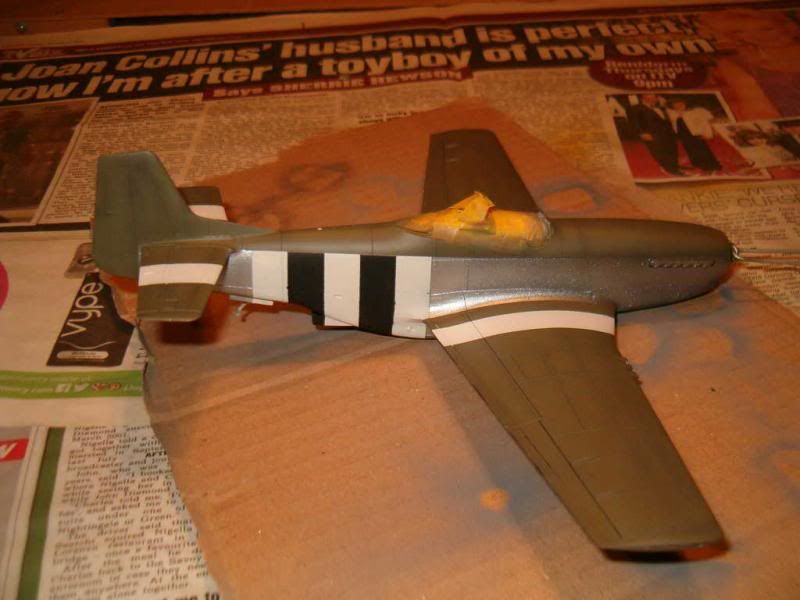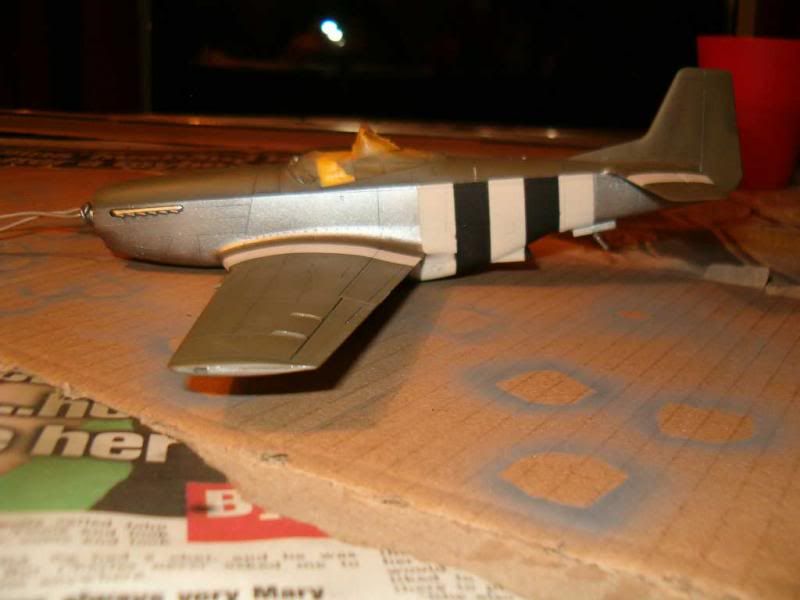INTERIOR:
Having referred to multiple sources for internal colours, most agree on interior green for the cockpit, but there are many many disagreements and interpretaions for the other interior parts ranging from bare metal, Zinc Chromate Primer (both yellow and green), interior green, Primer mixed with black paste, etc, etc. Sometimes, various paints were applied in the field and sometimes different production facilities used different combinations depending on the time of the war, and what they had available.
An excellent (but by no means exclusive) discussion and reference can be found on the ipmsstockholm website in an article by Martin Waligorsky:
http://www.ipmsstockholm.org/magazine/2 ... urs_us.htm
I've gone with Vallejo Model Air (71.010) Interior Green for virtually all the interior painting.
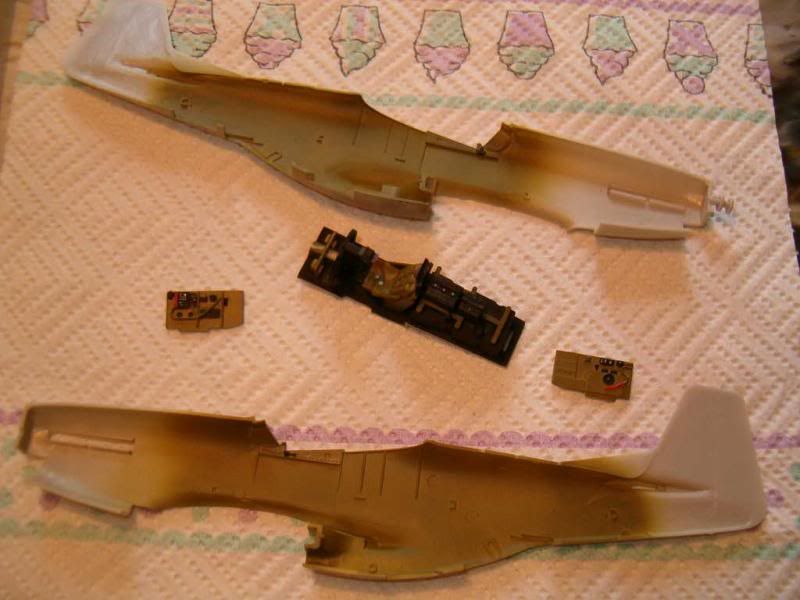 COCKPIT
COCKPIT:
I've only found one picture of the cockpit showing the gun sight in place. Most images are of restored warbirds and have items such as gps etc in place. One that I've been using is from the combatsim.com website. I can't embed the photo directly, but here's the link. The picture is about half way down the page:
http://www.combatsim.com/htm/2010/02/p5 ... review.htm
The kit comes with a clear part for the gun sight, but I'm going to hold off attaching it as I'm not sure I like it too much. It seems very overscale, and the obstructions are not overly clear of exactly how it fits.
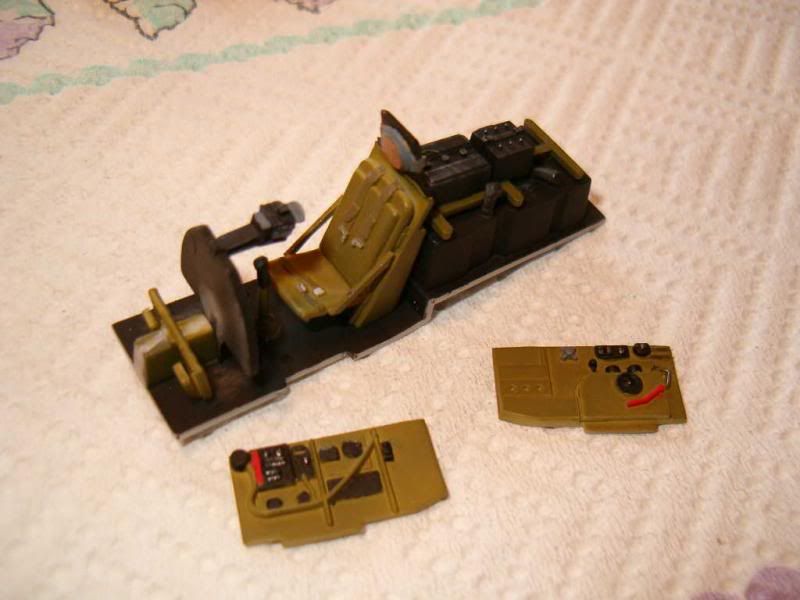
As mentioned, seat, rudder pedals, control column and bars / brackets for the fuel tanks are all interior green. The tanks themselves are Vallejo Matt Black (70.950), mixed with a small drop of Natural Steel (70.864) to give a very slight metallic hint. The seat belts are US Olive Drab (70.608), which I think is actually a Vallejo Primer, and the buckles are Silver (70.997). Some of the details on the side panels are picked out in Red (70.947) and Silver.
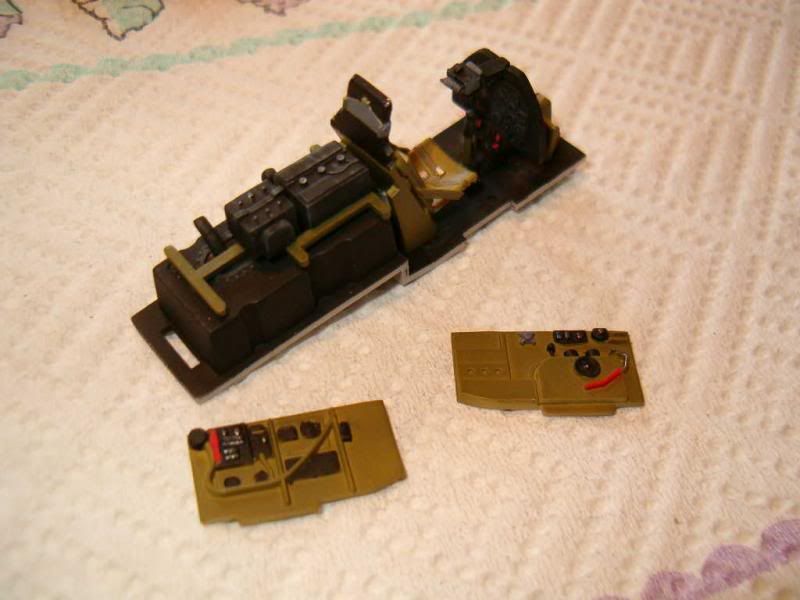 COCKPIT FLOOR
COCKPIT FLOOR:
From ipmsstockholm website:
Another subject of long-going controversy is the colour of the cockpit floor, which in P-51 was made of plywood. Erection and Maintenance instructions for the P-51D specify all wood floor areas to be covered in black non-skid surfacer purported to be a mix of silica sand and matt black paint, the kind of finish that was also used for wing walks.
That's what I've gone for.
CONTROL PANEL:
An overall coat of Vallejo Black. I decided not to try and pick out the needles and dials using appropriate whites and yellows. My detail painting is not accurate enough and it would have looked a total mess! Instead, I opted for a drybrush of Vallejo Basalt Grey (70-869) to highlight the very nice 3D gauges and give a general impression of a "busy" panel. This was followed with small dots of Pledge Floor wax applied with a toothpick to simulate the glass. The gunsight detail was picked out using Basalt Grey.
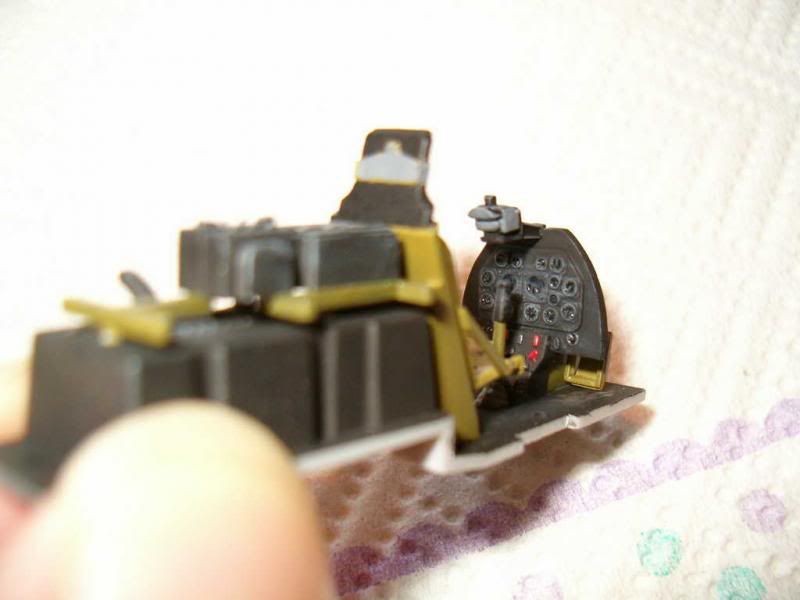
The grey drybrushing looks a bit manic and OTT in the picture due to the camera flash, but IRL looks fine. It breaks up the overall black and from the angle it will be viewed from, I think it looks pretty decent.
WEATHERING:
As the P-51D was a relatively new aircraft for D-Day (in fact the aircraft I am modelling may not have been flown during D-Day - more of that in a later post), I've been very sparing with weathering inside the cockpit.
A very light drybrushing of Vallejo English Uniform (70.921) on the floor under the rudder pedals is meant to simulate mud rather than exposed plywood. There's an even lighter chipping of Vallejo Silver on the rudder pedals themselves, and also on the seat frames. The fuel tanks have been drybrushed with Basalt Grey to show some of the raised detail.

